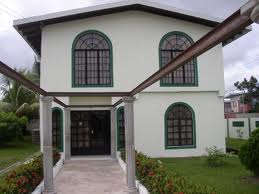The original article can be found in: Trinidad Guardian By Zahra Gordon
Although emergency medical care has improved locally in the past six years, the systems are still not what they should be. This was the view of Dr Ian Sammy, UWI lecturer and emergency department consultant at the Eric Williams Medical Science Complex at Mt Hope.
Sammy was speaking at the T&T Medical Association’s workshop, Expediting Emergency Care for Acute Myocardial Infarction, at the Hyatt Regency, Port-of-Spain, yesterday. Acute myocardial infarction is acute heart attack which is the cause of death for approximately 16 per cent of the population according to Sammy. He said while awareness among health care providers had increased, there remained various difficulties particularly when dealing with heart attack patients.
“The challenge is that all treatment for acute heart attacks are time-dependent. For it to be effective it must happen within 30 minutes and that is very difficult to achieve and that is where we have our greatest problems,” he said. “Even 15 minutes can be too long but it’s hard to do because it takes a lot of resources and those resources are already limited.”Sammy said smaller facilities such as community health centres usually do not have the resources to treat heart attack patients. “We have to develop to a point whereby transport from those rural areas to the hospital can happen quickly. “The average timing for ambulance service in T&T is much better than it used to be, but even that average isn’t good enough when you’re talking about a heart attack.”
The workshop was geared towards promoting discussion among emergency caregivers, physicians, nurses and other emergency room personnel on ways to implement best international practices and develop strategies for management and evaluation.
Some of the obstacles to effective emergency care systems locally include overcrowding of patients, understaffed departments, inadequate equipment and training in some emergency rooms, said Sammy. He also cited poor, incomplete data collection and lack of computerisation as other obstacles.














